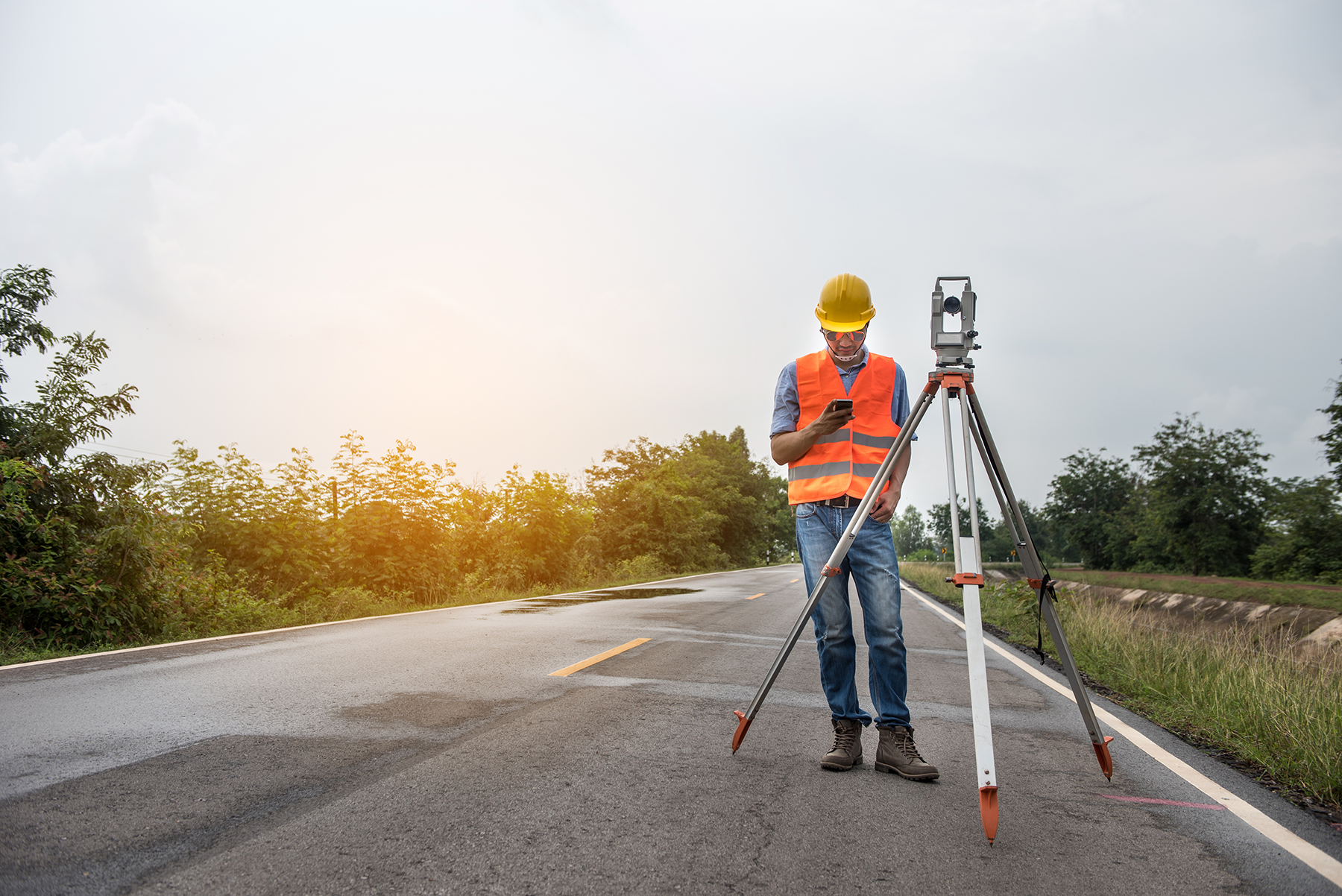When we talk about lone working, we refer to the scenario where employees perform their tasks without direct supervision or with only remote contact with coworkers and employers. From remote field workers to night shift security personnel, many employees work alone for extended periods.
While lone working offers flexibility and autonomy, it also presents unique safety challenges that employers must address to ensure the well-being of their staff. In this blog, we’ll explore strategies for enhancing the safety and well-being of lone workers.
Understanding Lone Working
Lone working refers to tasks performed independently without direct supervision, often in isolated locations such as remote sites, private homes or isolated areas of extensive facilities.
Given these conditions, organisations must implement proper safety measures and provide comprehensive lone worker training to those needing it.
Risks Associated with Lone Working
The risks associated with lone working are uniquely challenging due to the isolation and potential lack of immediate assistance. The risks lone workers may face include:
- Medical emergencies: Without immediate help, simple accidents can become life-threatening if the worker cannot alert emergency services.
- Accidents: Lone workers risk injury from accidents that might be mitigated in a team setting, where colleagues could provide immediate assistance or help to avert potential hazards.
- Workplace violence: Those working alone, especially in public-facing roles or remote locations, may be more vulnerable to acts of aggression or robbery.
- Psychological impacts: The isolation of working alone can also affect mental health, potentially leading to feelings of disconnect, increased stress and burnout.
How to Enhance the Safety and Wellbeing of Lone Workers
Here are some ways employers can enhance the safety and wellbeing of lone workes:
● Comprehensive Training:
Comprehensive training is crucial for empowering lone workers to recognise and respond effectively to potential hazards. Training should educate them on their duties, potential risks, safe working practices, emergency procedures and the use of safety equipment.
Moreover, integrating specialised courses such as IOSH Working Safely can further empower lone workers by enhancing their ability to identify, assess and manage risks effectively. It is also imperative to provide training on stress management, resilience and mental health awareness to enable lone workers to navigate the psychological challenges associated with working alone.
● Communication Systems:
Establishing reliable communication systems is essential for maintaining contact with lone workers and assisting in emergencies. This include providing mobile phones, two-way radios or lone worker safety apps equipped with panic buttons and GPS tracking features. Regular check-ins and scheduled contact with supervisors or designated contacts can also help ensure the well-being of lone workers and provide reassurance that help is available if needed.
● Emergency Response Plans:
Every organisation should have clear and comprehensive emergency response plans in place to address various scenarios that lone workers may encounter. These plans should outline procedures for reporting incidents, summoning assistance and evacuating the area safely. It’s essential to regularly review and practice emergency drills to ensure that lone workers are prepared to respond effectively in critical situations.
● Mental Health Support:
Providing support for mental health through regular check-ins, access to counselling services and fostering a community network can help mitigate the psychological risks associated with lone working.
Relevant Legislation and Compliance
Adherence to legislation like the Health and Safety at Work Act 1974 and the Management of Health and Safety at Work Regulations 1999 is imperative for businesses employing lone workers. These laws require employers to protect employees’ health, safety and well-being, including those working independently.
Under these regulations, employers must:
- Perform risk assessments to identify potential risks
- Implement control measures to minimise risks
- Provide adequate training, information, guidance and supervision to support lone workers
- Provide health surveillance to ensure that workers’ health is not adversely affected by their work conditions
Conclusion
Employers can create a safer, more connected and supportive environment for those working alone by implementing rigorous training programmes, improving communication, developing emergency response plans and supporting mental health. This comprehensive approach not only enhances the safety of lone workers but also contributes to the overall productivity and success of the business.



